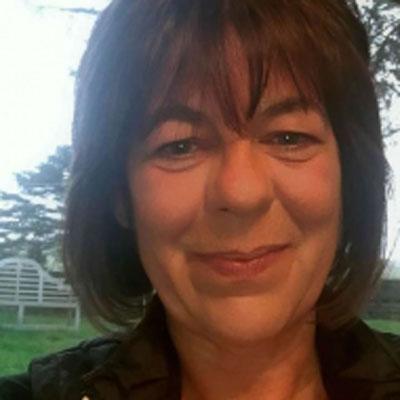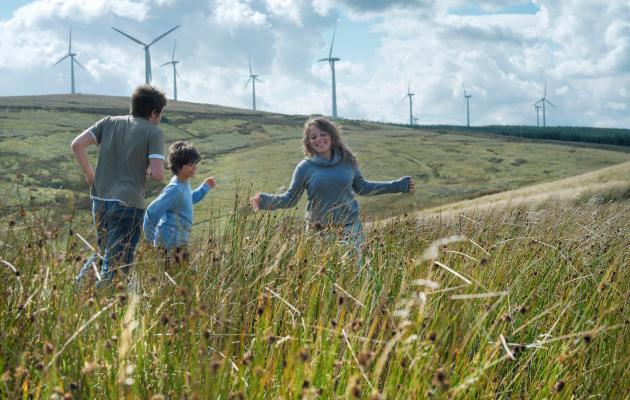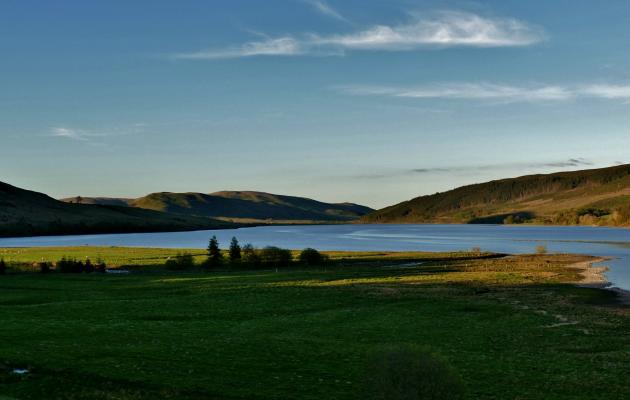I thought I’d share my talk today at the Glasgow event, on the theme of “Imagining Institutions: A Vision for New Democratic Infrastructure”. I’ll post in the forum as well so you can share your thoughts.
I’m Amanda Burgauer, the Chair of Scottish Rural Action, which is a non-profit organisation that seeks to amplify the voice of people who live and work in rural Scotland. To do that, we host a Rural Parliament every two years which is open to everyone and free for rural communities to attend. At that event, we set priorities for our workplan and activities between parliaments.
At the last two rural parliaments, in Oban in 2014 and in Brechin in 2016, Democracy and Governance have been high on our agenda and one of the five topics that are core to our campaigning and other activities. In Brechin we piloted the “Act as if you Own the Place” project that the Electoral Reform Society took across Scotland. Rural communities do not feel that they are well represented in our democratic process, or that it works for them, and they want more control over local issues, including planning.
So from how many times I used the word “rural” there, you might think that I’ll be speaking about how it can work in the countryside… and you wouldn’t be wrong. But what might surprise you is how often rural Scotland is leading the way in terms of democracy. The Rural Parliament itself is an alternative view. It isn’t representative: we don’t have elections for each region of Scotland with elected representatives. Rather we use a participative democratic model to create opportunity for all those wishing to make meaningful contributions. It’s about involvement, and allows those who have devoted their time to issues to have a say and to get feedback from others. We’re seeing some interesting initiatives at the moment, including participatory budgeting and other areas.
Likewise there are initiatives across rural Scotland like the People’s Council in Oban, where young people have seized the reins to have an active debate about how local decisions are made and how to hold government to account and the women of Linwood who have taken to task the community plan and diverted it to suit their own needs.
The democratic infrastructure of Scotland has changed dramatically over the last 100 years, and not necessarily for the good. Prior to the 1929 Act, Parish Councils were the ‘active and competent bodies’ that looked after local communities in many aspects, including street lighting, sewerage and taking care of the poor. Villages had a “village man” – in fact my village had one up until the 1970s – who took care of litter, dog poo and verges and was paid for his work by the local community. I’m sure that if he were found resting while litter lay in the streets, he would have been quickly brought to account.
And really that’s what it’s all about. Local decision-making and full accountability. So how is that working for you today where you live? Think about that for a moment.
I also admit to undue influence in my own thinking, since I’m married to a Swiss citizen and familiar with how their democracy works. Compare Scotland with Switzerland, a country of 8.5 million that is a federation of 26 cantons, with 2,300 local “communes” where a fifth (the cities and larger towns) have their own parliaments and where the others use a direct democracy method of communal assembly where all can participate and vote.
Centralisation MAY have allowed economies of scale, but there is no doubt of the lack of accountability and loss of “civic pride” that it has caused. We have now a great opportunity to re-think local administration and to ensure that all our communities have a voice in their own well-being. And I use administration advisedly as I do think there’s confusion between delivery of local services and democracy. Digital and e-services have definitely created opportunities where we COULD participate in delivery decisions.
My own local authority is one of the 32 unitary authorities in Scotland and shares borders with Dumfries and Galloway, East Ayrshire, East Renfrewshire, North Lanarkshire, the Scottish Borders and West Lothian. It’s big! Its 1,700+ square kilometres is predominantly rural but its population of 317,000 is mostly in its northern towns of Hamilton and East Kilbride and Glasgow suburbs that have little in common with the wider area. Residents in the village where I live can’t get public transport to Council Headquarters and return in the same day. That’s how bad our transport links are. The Council has a budget of nearly £1 billion, but how is that getting spent? Well, in 2017 we elected 64 councilors on a 46.7% turnout. That’s an average of one representative for nearly 5000 citizens but more than half didn’t even have their say. Fewer than half the electorate voted – but why? Are they disillusioned?
There are 20 council wards in my area, each represented on the council by 3 or 4 elected councilors using the single transferable vote system. In the rural parts – ie most of the authority – the councillors tend to divvy up the ward so that they don’t have to travel so far. Their main interaction with communities is on Facebook groups or at community council meetings, although some hold surgeries to address individual concerns and problems. The multi-ward system is broken: protecting our councillors from accountability. So how do people have a say?
Community councils are supposed to bridge the gap between local authorities and communities, to help to make pubic bodies aware of the opinions and needs of the communities they represent. There is however a broad spectrum of capacity across our community councils, as well as great variation in how often they meet and the issues on which they wish to be involved.
These Community Councils are voluntary organisations set up by statute by the Local Authority and run by unpaid local residents. They’re not considered to be part of local government but rather to “complement the role of the local authority”. They can put forward views but have little influence.
Our community councils are often maligned, but let’s not forget that these are citizens volunteering their time to improve their own communities. As a volunteer myself, I am quick to concur that there is a payback for volunteering – even if it’s just to feel needed – but we can’t complain about those who do, unless we are willing to match their commitment.
Community Councils should:
- Be non-party political and non-sectarian.
- Represent a full cross-section of the community and encourage the involvement of people regardless of gender, race, age, disability, nationality or sexual orientation.
However, realistically in many communities and especially rural ones, there is little diversity, partly because being a community councillor requires time and the confidence to stand in local elections for no financial reward.
27% of adults in Scotland (more than 1.2 million people) volunteer regularly and young people are at the forefront of that – unlike the traditional view that it’s seniors who volunteer – so why aren’t young people on our community councils? Looking into this, it seems that community councils tend to meet on weekday evenings, when young people have other commitments or when those with young families have obligations or childcare problems. I haven’t yet identified a community council that meets at the same time as the local Toddlers’ Playgroup to enable young parents to participate. And yet the stalwarts of community councils are retired people who could attend at other times. If we want to continue with a community council model, we need to address inclusiveness and ensuring that they are representative. Or should we be brave and create a new model?
I’m hoping that all of you here today can contribute your own ideas about how we can build a fairer model for democratic representation… about how we can establish a better system for real grassroots representation that is inclusive and fair and allows our communities to engage and to be heard – and to make decisions for themselves.
We need to think about a grassroots led bottom-up system of devolved powers where communities have the opportunity to have as many or as few powers as they feel appropriate – and the right to change their mind and demand more at any time, as they grow in confidence.
So we’re here today to create that vision. I’ve given you some examples of the status quo, now it’s over to you.
Thanks to Andi Holmes and Anne Winther for their contributions from the SRA Local Democracy Group that informed this talk.





